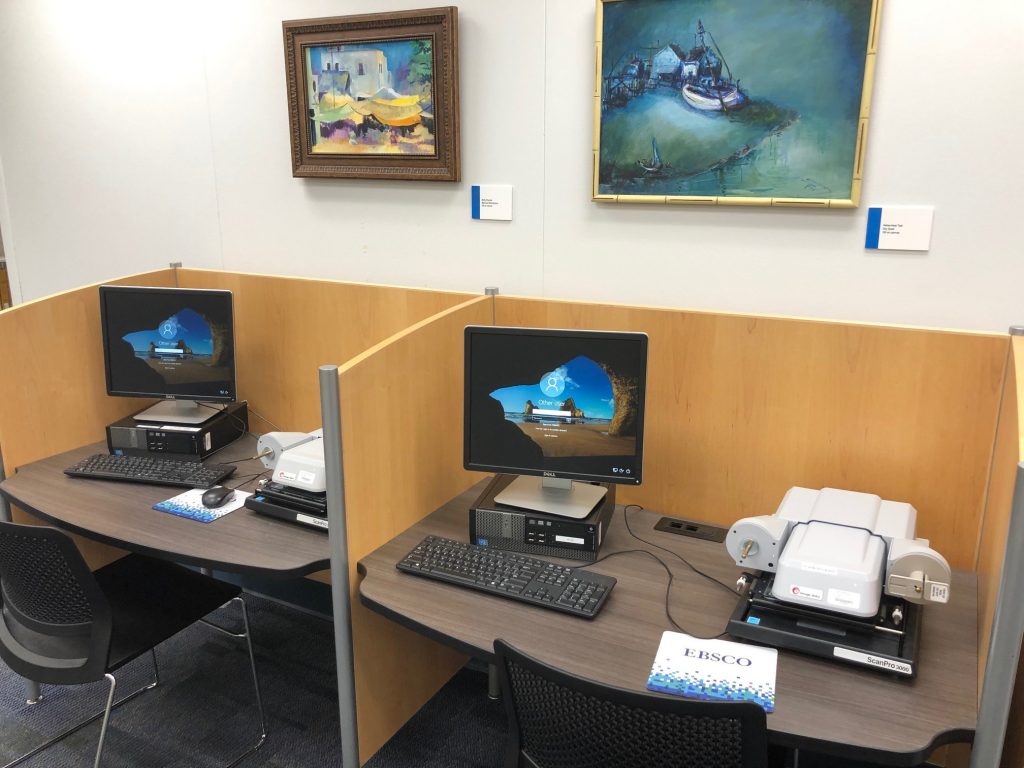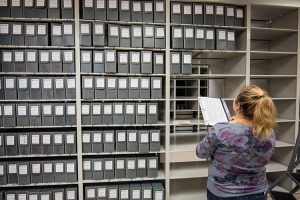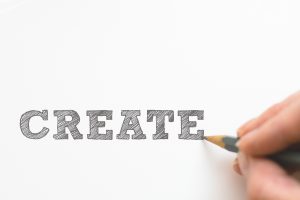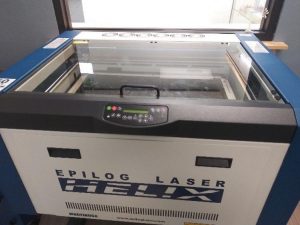You’re on your way to get your favorite focus food or drink from the vending machines in the Daily Read Café to keep your energy up for that research assignment that you’re realizing you should have started a few days earlier. On the way, you weave through other students who you know are in the same boat as you, focused but stressed. When you turn the corner around the staircase, right before you see those doors that keep all the brain food inside, you look around and realize that you’re surrounded by rows of beige cabinets. Feeling like elephant graveyard scene from The Lion King, you’re unsure of what’s inside of them and decide to just scurry past them to get to the good stuff. I get it, they’re pretty big cabinets, you know they’re going to be loud when they’re opened; plus, once they’re opened, whatever is inside of them probably isn’t going to be useful for you anyways. I’m here to disprove all of that.
First of all, the cabinets are new, so they’re pretty quiet. Now, you still might get looks from people that are studying in the area nearby; however, I’m willing to bet they’re not upset because of the fairly quiet noise the cabinet makes. They’re more than likely just in awe because they’ve never been brave enough to open the cabinets and have wondered about them also. Look at you, you adventurer. The rows of cabinets you’ve just adventured into are filled with microfiche and microfilm. (Normally if I were speaking this, I would wait for the reaction “Don’t know what that is, cool.”)
Microfilm and microfiche, also known as microforms, are entire journals, books, and newspapers that have been scanned and converted to film. (I’m sure you’re thinking, wow that’s interesting; but, so what). While these are typically overlooked, the content on them is surprisingly interesting and useful. For instance, our newspaper collection that we have on film includes the Corpus Christi Caller-Times from 1990 to current. Not old enough for you? We have even more films upstairs in the Special Collections department that ranges from 1883-1989. We also have national newspapers such as the New York Times from 1864 and the Wall Street Journal from 1965. Looking through these old newspapers gives a glimpse into daily life from the year you choose. These are useful for an assignment that requires students to find an event that happened on their birthday from a year in 1920. (Shout out to the professor who requires students to use the microfilm)!
If newspapers aren’t your thing, we also have publications such as Rolling Stone magazine from 1974, The New Yorker from 1925, and U.S. News and World Report from 1933. Now I know what you’re thinking, who cares about these, they’re literally old news. But, these are filled with articles from the time period that had an impact on daily life. Also, these magazines are useful for students who are instructed to look at advertisements from a certain time period and compare them to current advertisements to analyze the choices companies made to appeal to their audiences. (Once again, shout out to the professors who require students to use the microfilm)!
Still not interested? Well, in the microform collection, we also have entire books and journals scanned. Let’s say that one day you realize that you played yourself by procrastinating for too long and it finally gets you to change your procrastination way of life. The next research assignment, you’ve decided you’re going to crush it and start early. Thanks to your newly acquired planning skills, you have enough time to include an article or section of a book as a source for that research paper that is looming. Not only is that information helpful for your assignment, but you can also brag to your classmates and even your professor that you used microfilm to get that information. I know, that’s basically asking to be hit with a “weird flex, but okay” comment. Just accept it and know that you’ve gone above and beyond to get content most people didn’t know existed.

In my last desperate attempt to show people that microfilm and microfiche are to library research as Beyoncé is to music, or you know, the world in general, using them is incredibly easy with our microfilm readers. Everything is done electronically and can be sent by email, saved to a flash drives, or printed. This makes the content user friendly for research or pulling pictures of advertisements. Plus, we have friendly staff who is willing to help you get the hang of the machines. Soon enough, you’ll be able to use these microform readers to appreciate the past like hipsters use record players to appreciate the music that they heard before all of their friends.
Joe Hernandez, Library Specialist II


